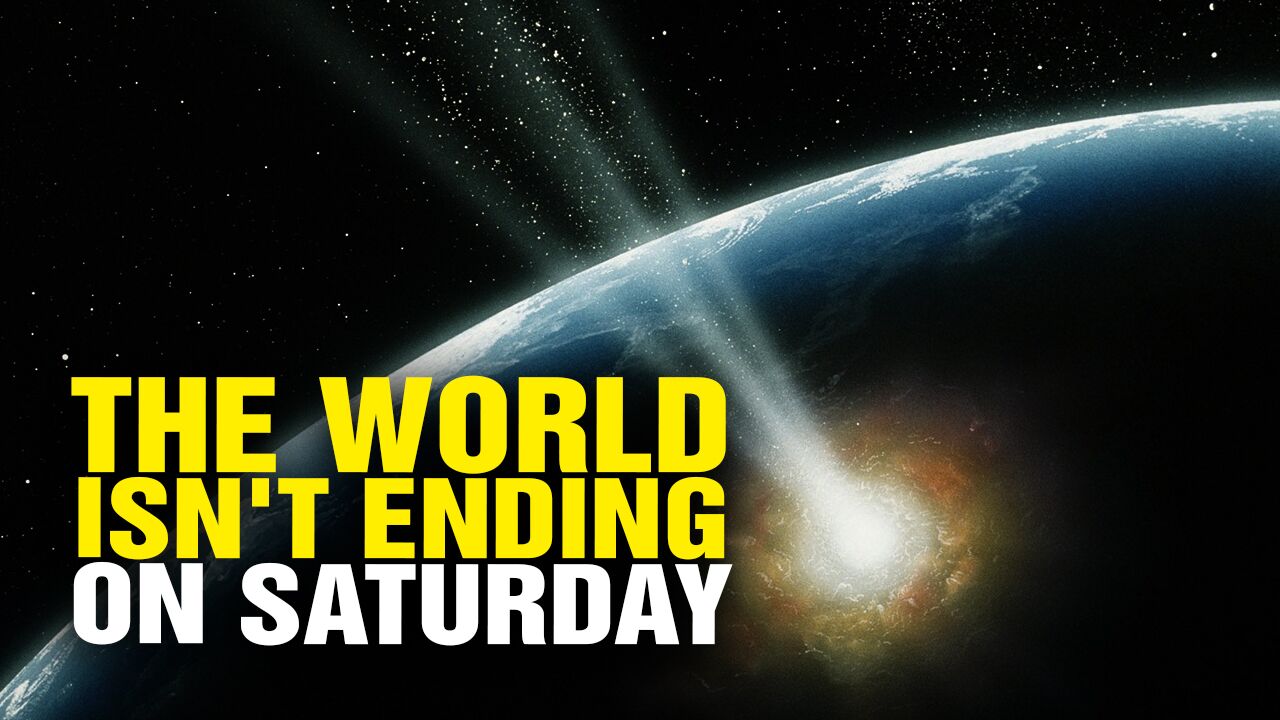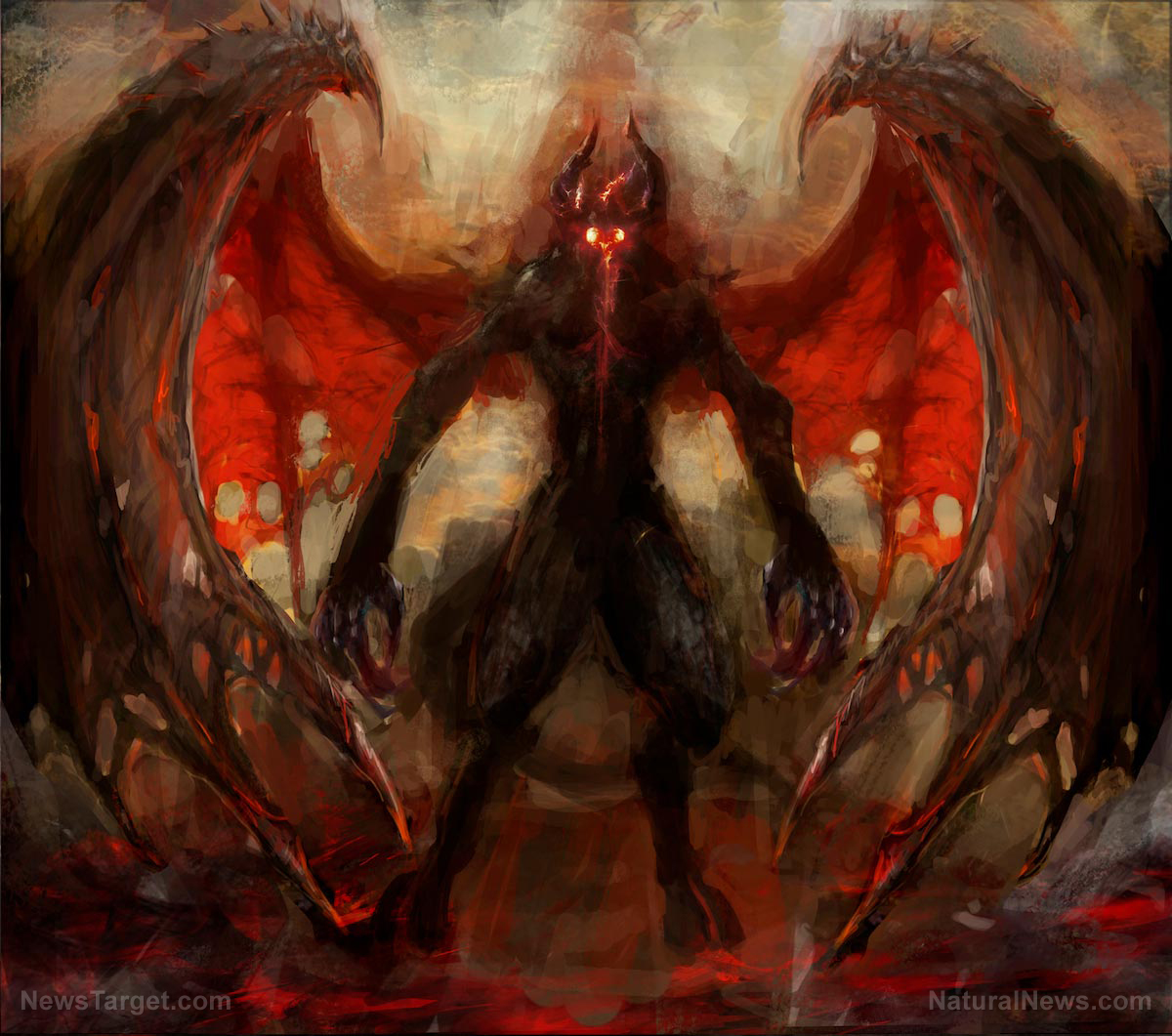Polish Jewish Horror Film ‘Demon’ Has a Dark, Mysterious Backstory
09/26/2016 / By prophecynews

n 2014, Polish director Marcin Wrona completed production on the horror filmDemon, which he co-wrote with a longtime colleague Pawel Maslona, who spoke with Inverse about the film via Skype. “Jewish viewers always tend to like the film,” he said. “At screenings in Poland…I don’t know what it is, but it’s under-appreciated somehow. Some like it, some don’t.”
Article by Emily Gaudette
In 2015, Wrona was named a guest of honor at Israel’s Haifa Film Festival for his work on Demon. The film was screened at the festival, and Wrona never showed. Ten days later, he was found hanging in the bathroom of a hotel in Gdynia.
“I didn’t go to any film festivals [after Wrona died],” his film partner Maslona recalled. “I didn’t feel like going. It would have been too much.”
Israeli publication Haaretz suggested Demon could be read as both a personal illustration of Wrona’s depression, and as a metaphor for long-held cultural grief among Jewish-Polish people. Wrona’s father, Haaretz pointed out, was a professional exorcist.
Demon follows the story of a man at his wedding in rural Poland unearthing, and being possessed by, a malevolent spirit known in Judaism as a “dybbuk.” Yiddish folklore refers to dybbuks as the dislocated and untethered souls of dead people that latch onto living people until the stress kills them – or they are exorcised. “We still have to confront the Jewish thought in Polish identities,” Maslona says. “It was annihilated during the second World War.”
Maslona is correct about Polish Jews; it’s estimated that before German occupation, 3.3 million Jews lived in Poland, making the nation the most densely Jewish-populated in Europe, at nearly 10 percent. By the end of the war,approximately only 380,000 Jewish-Polish people were still alive. In interviews, Wrona told Polish press that Demon was made, in part, to call attention to the shrill, disturbing absence of Jewish culture, and the traumatic memory of the culture’s eradication from Poland.

Ephraim Moses Lilien (1874–1925) – Book of Job, appearing in Die Bucher Der Bibel
The dybbuk in Demon, notably, is not just an anonymous spirit, but a long-forgotten victim of the Nazi Holocaust, whose body is unearthed during the central couple’s home renovations. Maslona says the film’s dybbuk was meant to signify the things many Polish people still try to forget. “It was Marcin’s first intention, I believe, to make a film about memory and how the past vanishes in our lives, though it’s always present, in some way,” Maslona says. “You might find the corpses or bones or remains of previous experiences. If we are willing and able to confront our own pasts, and our cultural pasts, we’re evading a demon. Though, that demon may bring you things you don’t want to see, or tell you things you don’t want to hear.”

Demon is set almost entirely at a wedding, where groom Piotr (Itay Tiran) convulses, suffers nosebleeds, and screams into the banquet hall, while his new wife Zaneta (Agnieszka Żulewska) gapes at him, surrounded by their guests. Because the wedding reception is so lush and ornate, there’s a dark, comical sense that Piotr’s struggles are both embarrassing and an inconvenience. Maslona says that sense of discomfort was deliberate. “We talked a lot about horror and comedy. For me, a demon appearing at a wedding is a comedic situation. When I imagine myself at a wedding, and a demon is suddenly there, it’s just so difficult to comprehend that it can only be funny or horrifying, or both. A film is most interesting to me when it exists in the middle.”
There are black comedy sequences in Demon that have already polarized critics. Some call the sly jokes — a wedding guest struggling to hold down her dress in the wind, minute pauses between dialogue that almost feel like American “mumblecore” beats — out of place, while many others have called DemonPolanski-esque. It’s an apt comparison; it’s difficult to remember a more stylish horror film than Demon to hit theaters since Polanski’s Rosemary’s Baby in 1968. In Polanski’s film, Rosemary Woodhouse (Mia Farrow) struggles with her demonic impregnation while trying to keep up appearances with her wealthy husband and the couple’s pushy neighbors and friends. The costuming and set design, both inRosemary’s Baby and Demon, create a pressurized, delicate vice grip for protagonists to writhe in.
Demon pays a great deal of attention to its primary victim’s psyche, and it’s difficult to watch actor Itay Tiran (who played Hamlet at the Israeli Cameri Theater), torn between his inner excruciating pain and maintaining a connection to his wife and family, without thinking of Marcin Wrona. Even Maslona makes a connection between demonic possession, depression, and societal taboos. “The film depicts this awful hole in the ground. Imagine you’re digging a hole and you uncover something awful, something you can’t handle seeing. You have two choices: you can either bury it again and try to forget, or you can painfully keep digging at it, to find out more and see what’s still further underneath. For Wrona and I, the right choice was obvious. Digging is good. You do want to know, to cope with your full identity before you can grapple with things that aren’t plausible or good.”
Maslona says distributing the film to an international audience has been a rocky process. Though he didn’t want to attend festivals after Wrona’s suicide, he and the film’s producers agreed it would be strange and silly not to promote Wrona’s last film. His ideal audience member is not necessarily a horror fan, but a viewer who is curious about the irrational, or the seemingly impossible. “We wanted the audience to experience everything as if they were guests at this wedding, and we hoped they’d realize slowly that something was wrong. If you were there, would you rationalize it somehow, or give into the possibility that this dybbuk is real?”
Demon hits American theaters on September 9.
Tagged Under: DARK, Film Making, Jews



















